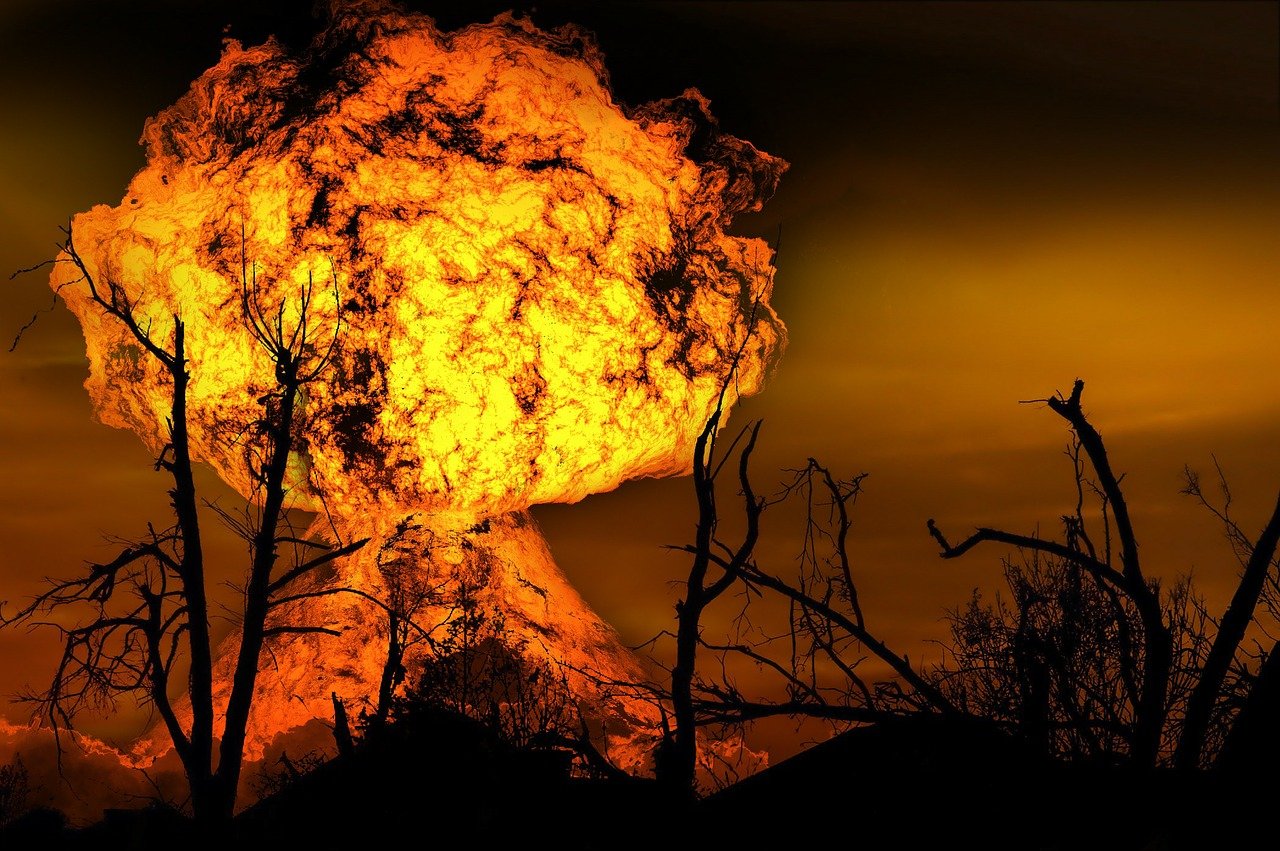
Vocabulary:
- wildfire /WAHYLD-fahyuhr/
- favorable /FEY-ver-uh-buhl/
- containment /kuhn-TEYN-muhnt/
- proactive /proh-AK-tiv/
- preparedness /pri-PAIR-id-nis/
[noun] – a large, destructive fire that spreads quickly over woodland or brush
Last summer, a wildfire swept through the forest, destroying everything in its path.
[adjective] – describes conditions that are advantageous or beneficial
The weather forecast predicted favorable conditions for our picnic, with clear skies and mild temperatures.
[noun] – the action of keeping something harmful under control or within limits
Firefighters worked tirelessly to achieve containment of the wildfire, preventing it from spreading further.
[adjective] – taking action to control or prevent a situation rather than just responding after it has happened
Being proactive about fire safety means installing smoke detectors and creating an evacuation plan for your home.
[noun] – the state of being ready or fully equipped for something, especially a potential danger or crisis
The emergency response team stressed the importance of preparedness by conducting regular drills and providing safety training.
Article reading:
In British Columbia, a low-pressure system aided containment efforts for a wildfire near Fort Nelson, while in Manitoba, evacuations were underway due to a large fire in Cranberry Portage. This demonstrated coordinated efforts among local, provincial, and federal agencies in responding to wildfires. Authorities bolstered the response with extra resources, including firefighters and support for displaced residents. They urged residents to stay informed and prepared, emphasizing safety measures during wildfire events. As climate change impacted fire behavior and intensity, long-term forest management and emergency response strategies were crucial. These included controlled burns, improved land management, and advanced firefighting technologies to reduce wildfire risk and enhance response. Public awareness and education campaigns aimed to help communities understand risks and take proactive steps for protection. Fostering preparedness and resilience could better manage wildfire challenges and ensure safety and well-being.
Discussion Questions:
- What do you think are the most important steps individuals or communities can take to prepare for wildfires or similar emergencies?
- Have you ever been in a situation where you had to be proactive about something? What was it, and how did you handle it? If not, can you think of a scenario where being proactive would be necessary?
- Do you agree that climate change has a significant impact on the frequency and intensity of wildfires?
- Considering the efforts mentioned in the article to manage wildfires, do you think enough is being done to prevent and respond to such disasters? Why or why not?
- What additional strategies or resources do you think could improve wildfire prevention and management? Please elaborate on your answer.
Summarization
Describe:
- occur
- destructive
- ongoing
- resident
- awareness